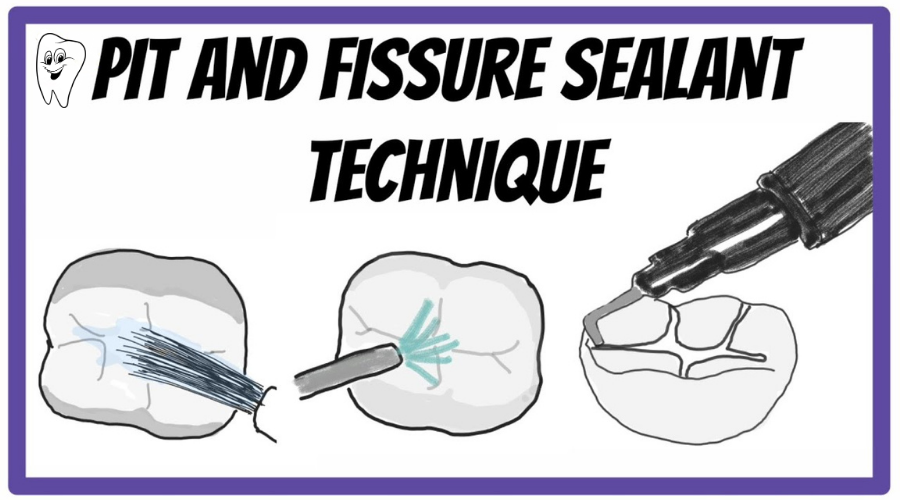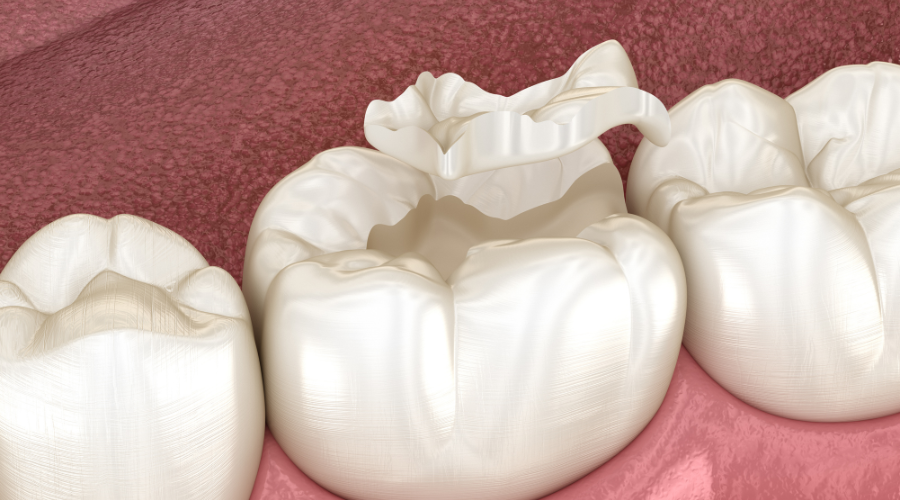Fissure Sealant Applications
Just like natural teeth and adult teeth, children’s teeth can also decay. If cavities are left untreated, children may experience pain and even lose their baby teeth. The application of fissure sealant in children generally involves the process of cleaning the decayed area and filling it.
Fissure sealant application is a procedure where the indentations and grooves on the molars, which are prone to decay, are covered with a filling material to prevent tooth decay. The filling material used in this procedure quickly adheres to the indentations and grooves of each tooth, creating a protective barrier on the enamel. This procedure, also known as tooth vaccination, helps prevent tooth decay.

AThe chewing surfaces of molars have small pits called “fissures.” Fissure sealants are applied to these grooves on the back teeth. They are white and transparent, in liquid form, and are made of plastic-based materials. They adhere to the tooth enamel, preventing the formation of cavities, and due to their fluid consistency, they completely adhere to the tooth grooves. In this way, the process is applied without causing any abrasion on the tooth surface.
The treatment needs to be done only once. In the following periods, the status of the sealant is monitored through 6-month check-ups, and if necessary, it can be applied once again.

How Is Fissure Sealant Applied?
Fissure sealant application is a simple and painless procedure. This procedure, applied to the molars, takes only a few minutes, and it is performed as follows:
- The tooth to be treated is thoroughly cleaned and dried.
- An acid solution is applied to the chewing surfaces of the teeth to prepare them for the procedure.
- Then, the prepared filling material is used to fill the grooves on the teeth, and the material is allowed to harden. Sometimes, a special light is used to aid in the hardening of the filling material.

Who Is Fissure Sealant Applied to?
Fissure sealant application is generally performed on children. However, adults without decays or fillings on their molars can benefit from this application. Children between the ages of 6 and 14 are at a higher risk of developing cavities. The first molars usually erupt around the age of 6. Then, the second molars erupt around the age of 12. Applying fissure sealants as soon as the permanent teeth erupt helps protect children from cavities from an early age.
How Does Fissure Sealant Prevent Cavities?
Children may have difficulty cleaning the indentations and protrusions on their teeth effectively. Food debris and bacteria can settle in these grooves, leading to tooth decay. Fissure sealants, being in liquid and fluid form, can reach the deepest point of the small pits called fissures on the chewing surfaces of the molars, sealing these areas and preventing food debris and bacteria from adhering.


